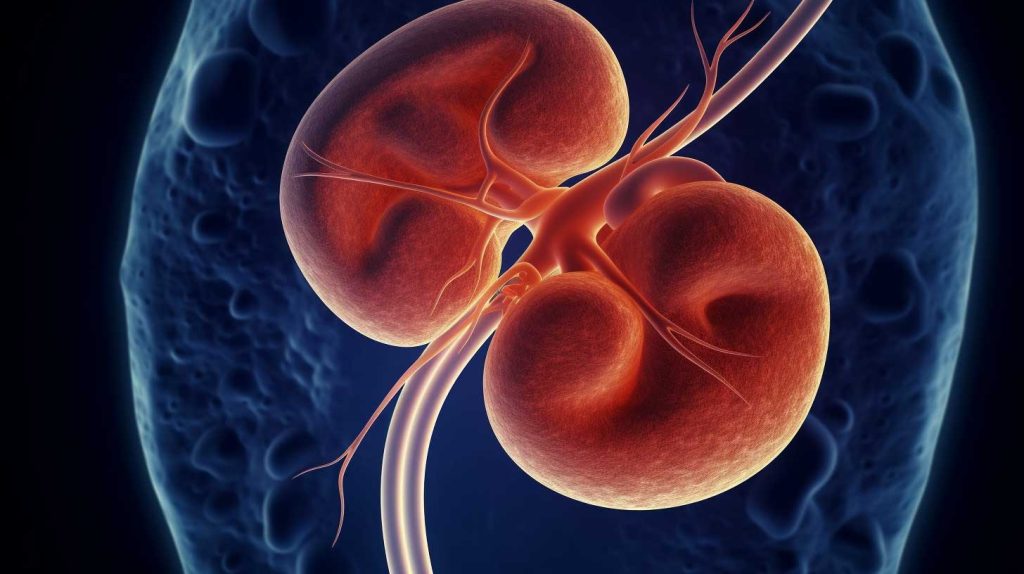Stem cell therapy has emerged as a promising approach for the treatment of kidney disease. There are several different types of stem cells that can be used, including embryonic stem cells, induced pluripotent stem cells (iPS), and adult stem cells. These cells have the ability to differentiate into specialized cells, making them useful for regenerating damaged or diseased tissue in the kidney.
One approach is to transplant metanephroi, which contain renal stem cells, into the kidney. These cells have been shown to differentiate into nephrons with vascularized glomeruli and mature tubules. However, the safety concerns associated with xenotransplantation mean that clinical implementation would likely require metanephroi sourcing from aborted human fetuses, or require the development of new alternative sources.
Another approach is tissue and bioengineering, which involves in vitro manipulation of cells and their association with biomaterials to produce a device for implantation or incorporation into an extracorporeal circuit. Cell-based therapies rely on the expansion of large cell populations that are uniform in activity and pathogen-free. Current tissue engineering methods typically depend on progenitor or transformed cell types, although the emphasis is likely to shift more and more to stem cells, with advantages to be gained in scalable production without the safety concerns attached to transformed cell lines.
One possible application of cell therapy is to use cell implants to remove toxins caused by kidney disease or deliver therapeutic agents to the circulation. For example, collagen sponge-based implants seeded with megalin-expressing cells have been used to degrade circulating β2M. Encapsulation is a method commonly used to circumvent the problems associated with cell implants. Encapsulation within a semipermeable, non-degradable polymeric membrane offers the advantage of immunoisolating allogeneic or xenogeneic cells and allows a greater degree of control over their destination within the body, while still allowing their contact with the bodily fluid required to elicit the desired physiological response.
The bioartificial renal epithelial cell system (BRECS) is a device which functions as a combined bioreactor, cryostorage device, and cell therapy delivery system. Porous, niobium-coated carbon disks were used as cell scaffolds within the BRECS, and culture media was perfused through and around the porous disks. Kidney progenitor cells were amplified using the defined expanded propagation (EP) method, resulting in an increase of up to 8 orders of magnitude in cell yield over historic, standard propagation techniques. In vitro measurements suggest the maintenance of more than 1 × 108 cells in each BRECS during 5 months in culture.
While stem cell therapy holds promise for the treatment of kidney disease, there are several regulatory, technical, and economic hurdles that must be overcome concurrently. Cell sources for clinical therapy must be plentiful, or easily scalable, to be economically favorable, while meeting technical requirements of a precisely defined, uniform, pathogen-free, therapeutic cell population. Transformed cells as are easily generated, but may pose a safety issue with the potential for malignant transformation, and therefore utilization is prevented by regulatory concerns. The choice of cell sourcing method will be critical to the clinical implementation of cell therapy.
In conclusion, advancements in stem cell therapy hold great promise for the treatment of kidney disease. Further research is needed to overcome the regulatory, technical, and economic hurdles to bring these therapies to patients.
This is a summary of the article: Stem cell technology for the treatment of acute and chronic renal failure
